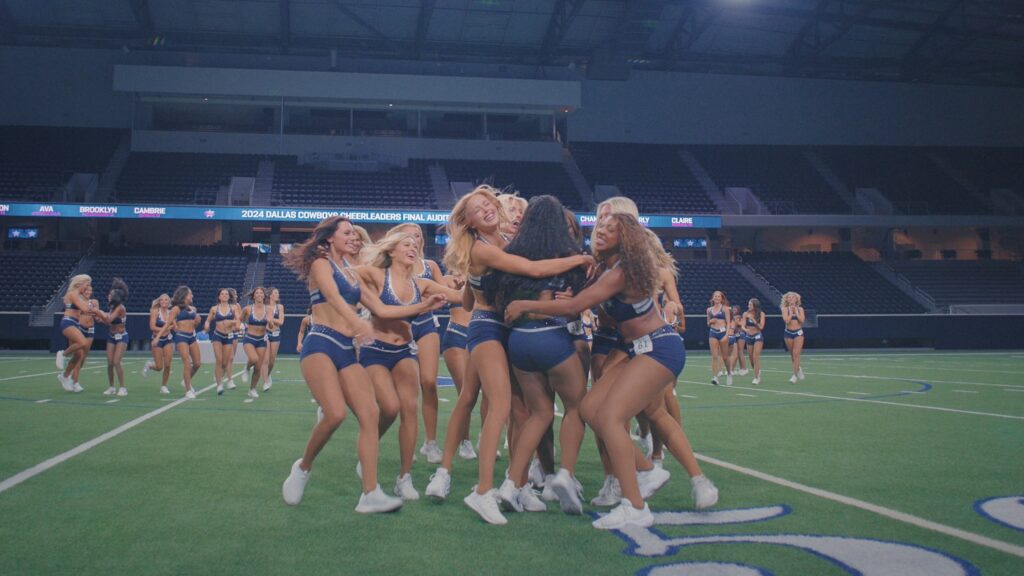
Introduction
The Dallas Cowboys Cheerleaders (DCC) are not only an iconic symbol of the NFL but also a subject of fascination when it comes to their salaries. Known for their dazzling performances and teamwork, these cheerleaders contribute significantly to the overall appeal of the Dallas Cowboys franchise. As the NFL season approaches, understanding the financial aspect of being a DCC is particularly relevant both for aspiring cheerleaders and fans.
Salary Structure and Compensation
In recent years, the salaries of the Dallas Cowboys Cheerleaders have garnered attention and sparked discussions about equity and fair compensation in professional sports. According to various sources, the DCC earns an average salary of approximately $15,000 for a single season, which typically spans from late summer to January. This figure does not include rehearsals, public appearances, or events that occur outside the regular game days.
Per-game compensation is reported to be around $250; however, this wage is only part of their earnings. Cheerleaders also engage in numerous community events, charity functions, and promotional activities which can provide additional income. In total, some cheerleaders may earn upwards of $25,000 to $30,000 per year when including endorsements and outside engagements.
Challenges Faced by Cheerleaders
Despite the visibility and prestige associated with being a DCC, cheerleaders often face challenges related to their compensation. Many members have voiced their concerns about the need for improved pay and benefits, particularly given the extensive hours they dedicate to rehearsals and appearances. Moreover, the DCC are not considered full-time employees, which limits their access to benefits such as health insurance or retirement plans.
Conclusion
The Dallas Cowboys Cheerleaders symbolize more than just spirit and entertainment; their salary discussions reflect broader issues within sports regarding the valuation of cheerleading as an occupation. As they continue to be a beloved part of the NFL experience, there is an expectation for the organization to reevaluate their compensation and benefits structure. This could set a precedent for other organizations across the league, shedding light on the professional status of cheerleaders nationwide. Observers anticipate that the conversation around salaries will grow, especially in light of ongoing movements advocating for fair pay in sports.



